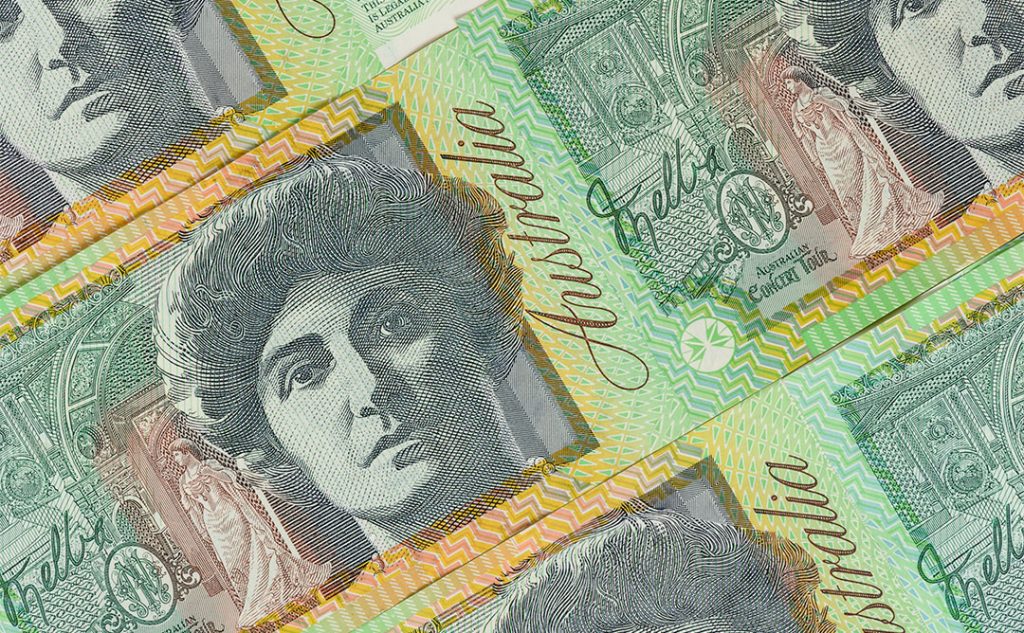The Australian dollar’s recent depreciation to below $0.657, hitting its weakest level in a week, has sent ripples through the forex market. This decline was triggered by unexpectedly soft inflation data, spurring speculation about a potential early cut in Australia’s domestic interest rates.
Inflation and Interest Rate Expectations:
Australia’s consumer price index (CPI) growth slowed to 4.1% year-on-year in the fourth quarter, a noticeable deceleration from the 5.4% rise recorded in the third quarter and below the forecasted 4.3%. Additionally, the monthly CPI slowed to 3.4% in December from November’s 4.3%, further missing market expectations of 3.7%. This slowdown in inflation has led market participants to anticipate a rate cut from the Reserve Bank of Australia, possibly as early as June, with a full expectation of a rate adjustment by August.
Impact on the Australian Dollar:
The soft inflation data has put the Australian dollar under pressure, exacerbating its decline against a backdrop of stronger-than-expected US economic data. This US data has countered bets on early rate cuts from the Federal Reserve, adding to the aussie’s woes. The dollar’s strength, coupled with a less likely scenario of early rate cuts by the Fed, is influencing most Asian currencies, including the aussie, to weaken against it.
Global Currency Market Dynamics:
The forex market is now closely watching the Federal Open Market Committee’s decision, which will further shape the global currency dynamics. The stronger US labor market data is being interpreted as an indicator that the Fed may be less inclined to cut rates early this year. The dollar’s trajectory through 2024 might see fluctuations as optimism over Fed easing is re-evaluated and concerns over non-US economic growth persist.
The dollar’s potential for its most significant monthly gain since September and the yen’s sharpest drop in nearly a year are also pivotal points of interest. The yen’s decline is attributed to Japan’s tepid wage growth and cooling inflation, dulling expectations for rate hikes.
Bank of Japan’s Policy Outlook:
Interestingly, the Bank of Japan discussed scenarios for exiting negative interest rates in its January meeting. This development suggests a hawkish tilt and the likelihood of a near-term exit from negative rates, which would mark Japan’s first interest rate hike since 2007. Such a move could have significant implications for the yen and the broader currency market.
The Fed’s Decision and Its Impact:
The Federal Reserve’s upcoming decision is a key focus, with expectations of it holding US interest rates steady. However, the Fed might signal future rate cuts by dropping language indicating considerations for further hikes. This could influence currency pairs like EUR/USD and GBP/USD.
Navigating a Complex Forex Landscape:
The Australian dollar’s decline on soft inflation data, coupled with global central banks’ policy directions, presents a complex landscape for forex traders and investors. Understanding these dynamics is crucial for navigating the currency markets effectively in 2024.



